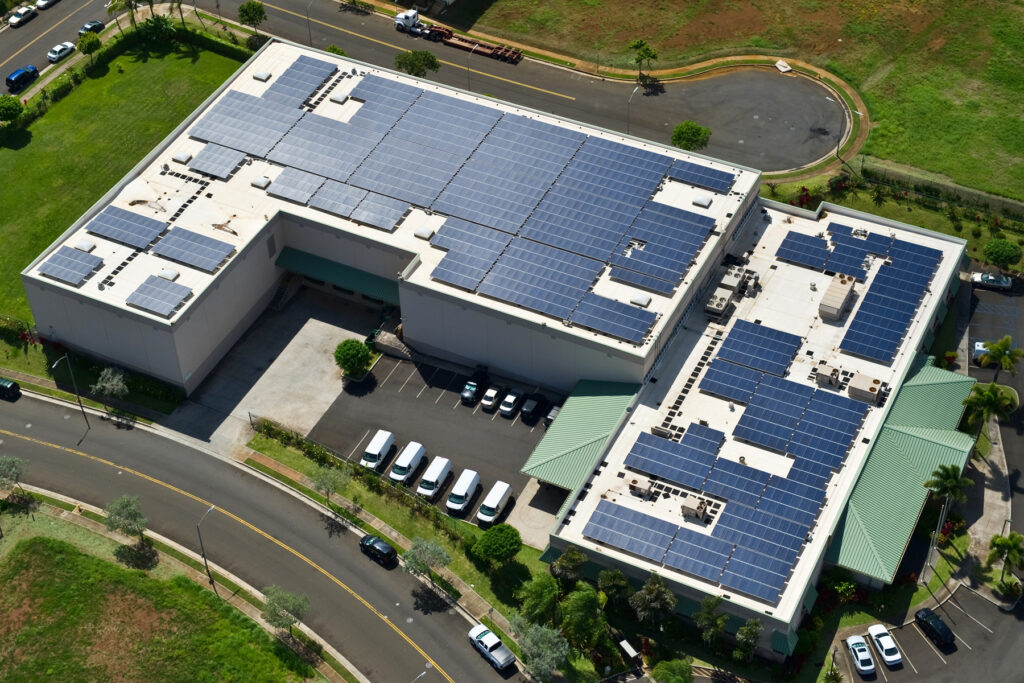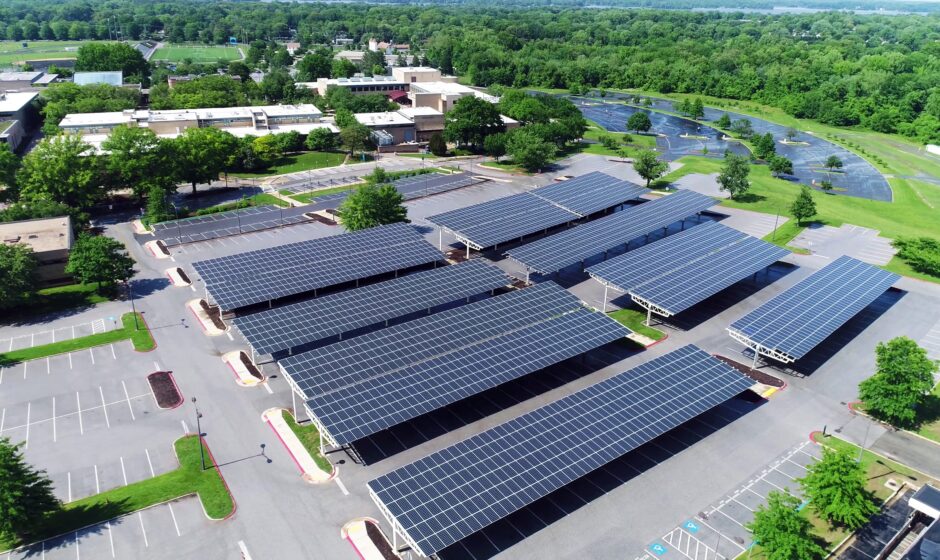In recent years, the push towards renewable energy sources has led many homeowners and businesses to consider solar power as an attractive alternative to traditional grid-supplied electricity. One of the key selling points of solar energy is its potential for cost savings over time. However, the decision to go solar involves various factors that can impact the overall financial outcome. This article explores the question: Do you actually save money going solar? We’ll delve into the economics of solar energy, including upfront costs, long-term savings, government incentives, and the environmental considerations associated with this renewable energy source.
Understanding the Economics of Solar Energy
Before delving into the question of cost savings, it’s important to understand the economics behind solar energy and its practical application, including solar panel installation services. Solar power systems generate electricity by converting sunlight into usable energy through photovoltaic (PV) cells. The initial cost of installing solar panels, which encompasses expenses for equipment, installation, permitting, and professional solar panel installation services, can be significant. However, once installed, solar panels harness free and abundant sunlight to generate electricity, potentially reducing or eliminating monthly electricity bills.

Upfront Costs
The upfront costs of installing a solar power system are often the first consideration for homeowners. The cost can vary widely depending on factors such as system size, quality of panels, installation complexity, and geographic location. Generally, larger systems with higher-quality components will have higher upfront costs. According to the Solar Energy Industries Association (SEIA), the average cost of a residential solar system in the United States is around $12,000 to $15,000 per kilowatt (kW) installed. Therefore, a typical 5 kW system could cost between $20,000 to $30,000 before incentives.
Long-Term Savings
Despite the initial investment, solar energy systems have the potential to generate significant long-term savings on electricity bills. By generating their own electricity, homeowners can reduce their reliance on utility-supplied power, which often comes at a higher cost. The amount of savings depends on factors like local electricity rates, solar system size and efficiency, available sunlight, and any financing or leasing arrangements.
Over time, the savings from reduced or eliminated electricity bills can offset the initial investment in solar panels. In some cases, homeowners can even earn credits for excess electricity generated (net metering), further reducing their overall costs. It’s essential to calculate the payback period – the time it takes for the savings on electricity bills to cover the upfront cost of the solar system. On average, residential solar systems can pay for themselves within 5 to 10 years, depending on various factors.
Government Incentives and Rebates
To encourage the adoption of solar energy, many governments offer incentives and rebates that can significantly reduce the upfront costs of installing solar panels. These incentives may include federal tax credits, state-level rebates, and local utility incentives.
One of the most significant incentives in the United States is the Federal Investment Tax Credit (ITC), which allows homeowners to deduct a percentage of the cost of installing a solar energy system from their federal taxes. As of the time of writing, the ITC provides a tax credit of up to 26% of the system’s cost for residential installations. State and local governments may also offer additional incentives, such as rebates or performance-based incentives.
Environmental Considerations
Beyond financial savings, adopting solar energy contributes to environmental sustainability by reducing reliance on fossil fuels and lowering greenhouse gas emissions. Solar power is a clean and renewable energy source that produces electricity without emitting harmful pollutants or carbon dioxide (CO2). By investing in solar energy, homeowners can align their energy consumption with eco-friendly practices and contribute to a cleaner, greener future.
Factors Affecting Cost Savings
Several factors can influence the actual cost savings of going solar. Understanding these factors is crucial for making an informed decision:
1. Location and Sunlight Availability
The amount of sunlight a location receives directly affects the efficiency and output of solar panels. Areas with more sunlight throughout the year will generally produce more electricity, resulting in higher savings.
2. Electricity Rates
The local cost of electricity plays a significant role in determining the potential savings from solar energy. Higher electricity rates mean greater potential savings by generating your electricity with solar panels.
3. System Size and Efficiency
The size and efficiency of the solar power system impact its ability to generate electricity. Larger systems can produce more electricity and therefore greater savings, but they also come with higher upfront costs.
4. Financing Options
The method of financing (cash purchase, loan, lease) can influence overall savings. Cash purchases typically offer the highest long-term savings, while leasing or power purchase agreements (PPAs) require little to no upfront cost but may yield lower savings over time.
5. Maintenance and Repair Costs
Solar panels are generally low maintenance, but occasional cleaning and potential repairs can impact overall costs. Understanding these ongoing expenses is important for evaluating long-term savings.
Conclusion
In conclusion, the decision to go solar involves careful consideration of upfront costs, long-term savings potential, government incentives, and environmental benefits. While solar energy systems require a significant initial investment, they can lead to substantial cost savings over time through reduced electricity bills and government incentives. The actual amount of savings will vary depending on individual circumstances such as location, system size, electricity rates, and financing options.
Additionally, adopting solar energy aligns with environmental sustainability goals by reducing reliance on fossil fuels and lowering greenhouse gas emissions. Before deciding to go solar, homeowners should conduct a comprehensive analysis of the costs and benefits specific to their situation. Consulting with solar energy professionals and exploring available incentives can provide valuable insights into the financial and environmental impact of transitioning to solar power. Ultimately, for many homeowners, going solar is not just a financial decision but also a step towards a cleaner, more sustainable future.




